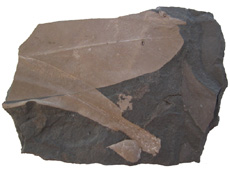
 |
 |
Science
Olympiad
| Division (Phylum) Pteridospermatophyta | |
Seed
ferns (Pteridospermatophyta) range from the Devonian to the Cretaceous. They flourished from the Carboniferous to the Permian. Pteridosperms had fern-like foliage,
but reproduced with seeds (Selmeier, 1996, p. 142). Seed
ferns exhibited both vine-like and arborescent forms. The
term pteridosperm ("seed fern") is descriptive but, misleading
as these plants are really early gymnosperms (Cleal & Thomas,
2009, p. 139). Seed ferns actually represent several distinct gymnosperm groups. Neuropteris and Alethopteris are
common seed fern fronds. Whittleseya, Dolerotheca,
and
Aulacotheca are pollen blossoms. Trigonocarpus is
the cast of large pteridosperm seeds. Pachytesta is
the permineralized form of these seeds. Myeloxylon is
the frond base of Medullosa and
is often found attached to the exterior of the lower trunk
(Jung, 1996, p. 158). |
|
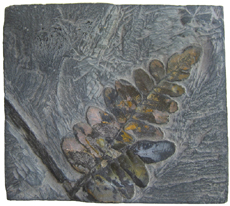 Seed Fern Neuropteris dussarti Upper Carboniferous, Westfalien Piesberg/Osnabruck, Germany Plate 8 cm x 7 cm |
 Seed Fern Neuropteris attenuata Upper Carboniferous, Westfalien Piesberg/Osnabruck, Germany Plate 12 cm x 7.5 cm |
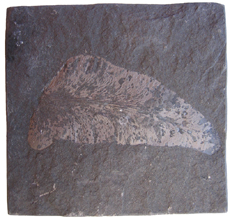 Seed Fern Neuropteris scheuchzeri Upper Carboniferous, Westfalien Piesberg/Osnabruck, Germany Plate 7.5 cm x 7.3 cm |
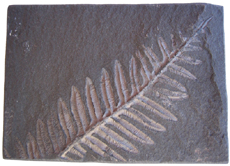 Seed Fern Alethopteris davreuxi Upper Carboniferous, Westfalien Piesberg/Osnabruck, Germany Plate 8.8 cm x 6.2 cm |
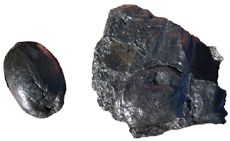 Seeds from Seed Fern in Bituminous Coal Trigonocarpus sp. Collected in Maryland/Pennsylvania Area 5 to 6 cm in length |
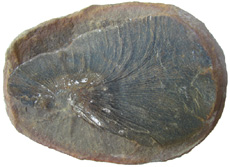 Fern (Neuropterid Group) Cyclopteris trichomanoides Mazon Creek, Illinois Carbondale Formation, Francis Creek Shale Member Paleozoic; Pennsylvanian 9.5 cm long x 7 cm wide |
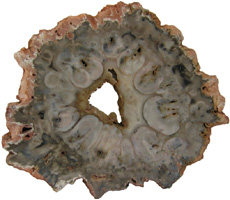 Seed Fern Rhexoxylon sp. Gowke, Zimbabwe Triassic 20.5 cm x 17 cm |
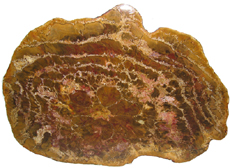 Seed Fern Pentoxylon-like specimen Queensland, Australia 20.5 cm x 15 cm |
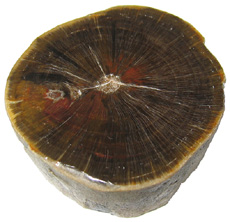 Seed Fern Glossopteris sp. Moranbah, Queensland, Australia Permian 3.5 cm diameter x 1.4 cm tall |
|
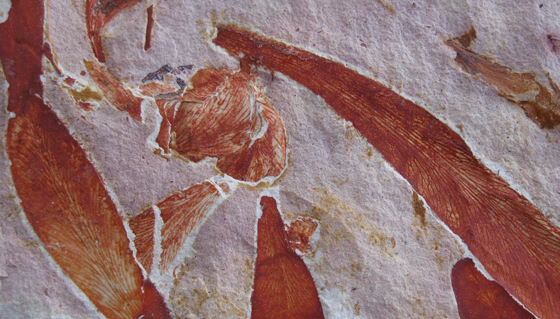 Glossopteris Leaves Upper Permian Illawarra Coal Measures Dunedoo, New South Wales, Australia 6 cm x 11 cm |
|
Bibliography |
|
Cleal
C.J. & Thomas, B.A. (2009). Introduction to Plant
Fossils. United
Kingdom: Cambridge University Press. Kenrick,
P. and Davis, P. (2004). Fossil Plants. Smithsonian
Books: Washington. |
|











